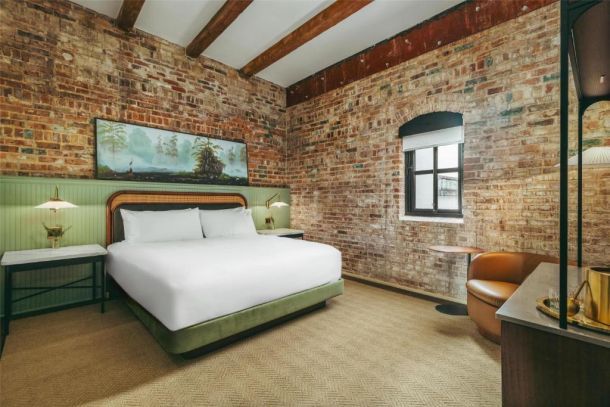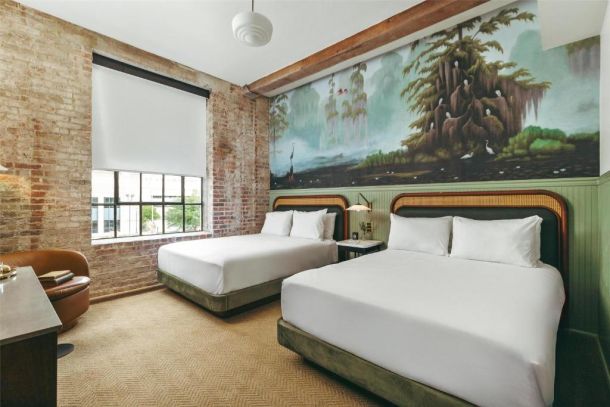Mauna Kea Observatory: A Stargazer’s Dream Destination
The Mauna Kea Observatory is one of the most iconic astronomical observatories in the world, and a must-visit for anyone fascinated by the cosmos. This breathtaking site, perched on the summit of Mauna Kea on the Big Island of Hawaii, is not only an astronomical hub but also a place of cultural significance. Located in an area with some of the clearest skies on Earth, it provides an unparalleled view of the stars, planets, and galaxies.
In this article, we will delve into the many wonders of the Mauna Kea Observatory, its history, and why it’s considered one of the best places on Earth for stargazing. Join us as we explore everything you need to know about this incredible location, along with tips on how to make the most of your visit.
What Makes Mauna Kea Observatory So Special?
The Mauna Kea Observatory stands at an elevation of over 13,000 feet (4,000 meters), which makes it the highest point in Hawaii. This unique location allows it to avoid much of the atmospheric distortion that occurs at lower elevations. The thin atmosphere and lack of light pollution here make it one of the top spots for observing celestial bodies in the world.
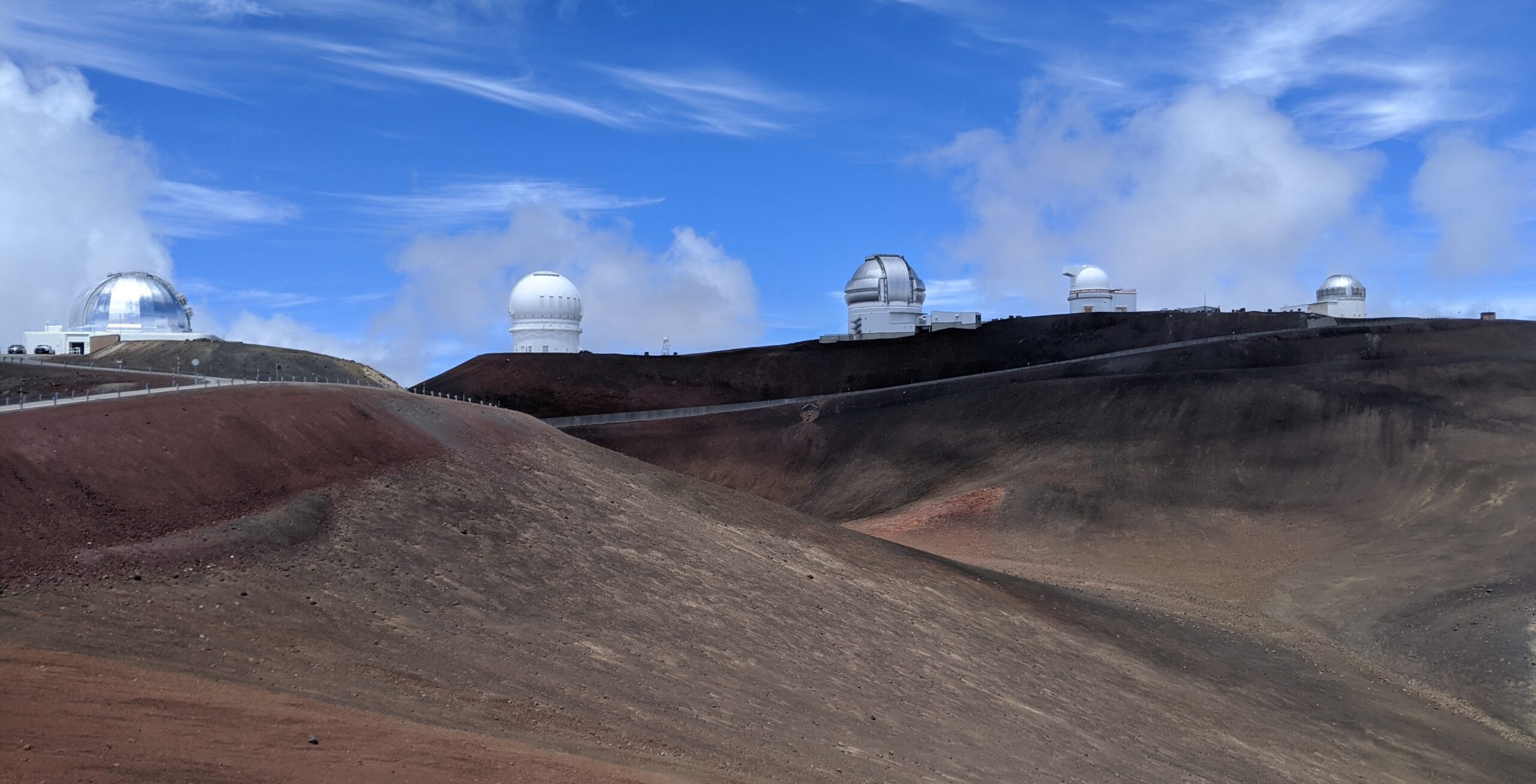
The observatory is home to a number of cutting-edge telescopes, used by astronomers to explore the far reaches of space. Thanks to its remote location and elevation, the observatory offers some of the best conditions for stargazing. Whether you’re an astronomy enthusiast or simply someone looking to experience the beauty of the night sky, Mauna Kea offers an unforgettable experience.
The History Behind Mauna Kea Observatory
The history of the Mauna Kea Observatory dates back to 1967, when the first observatory was built on the mountain. Since then, the observatory has been expanded and improved, becoming one of the most advanced research facilities in the world. Today, it houses more than a dozen telescopes operated by international research organizations.
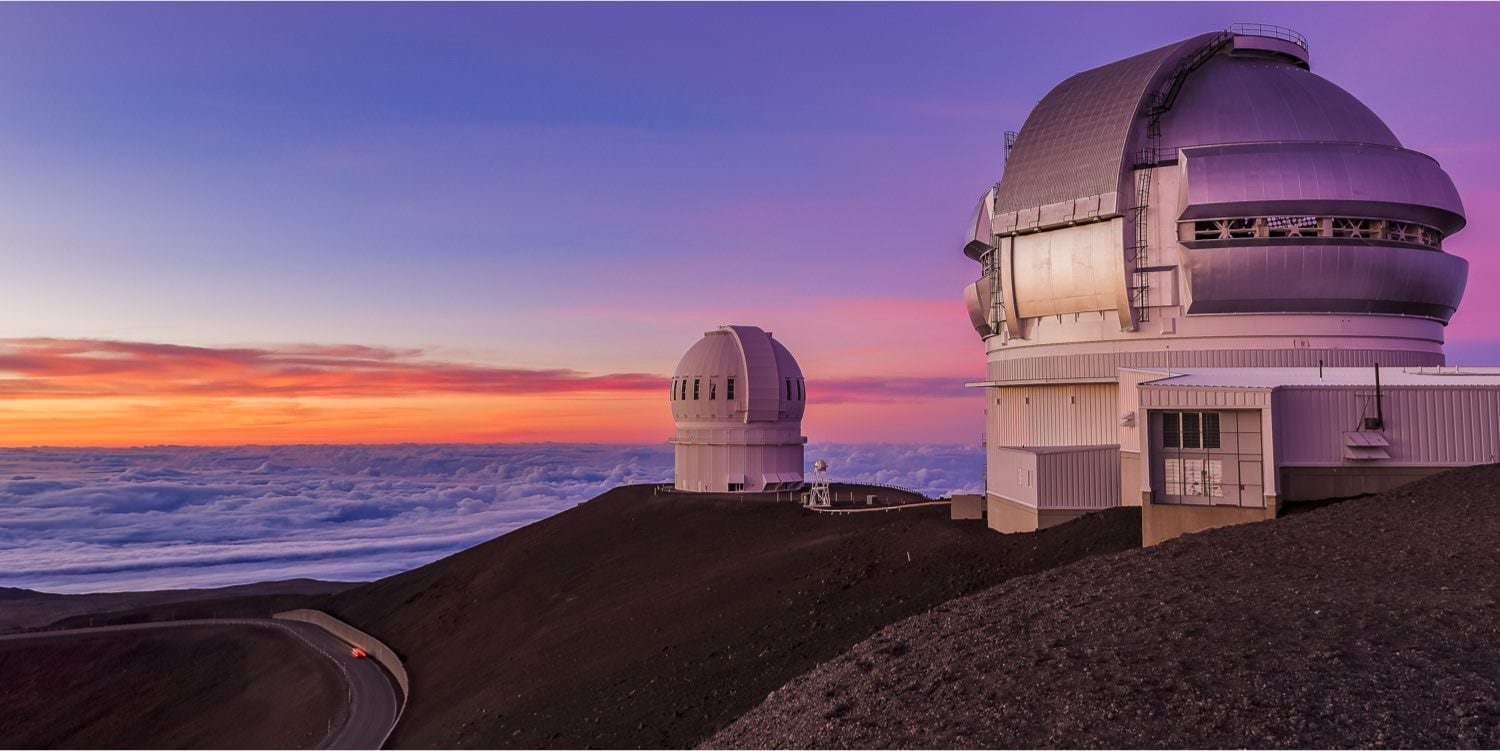
Mauna Kea has always been a sacred place for Native Hawaiians, who believe that it is the home of their gods. The construction of the observatory was controversial, as it was built on land that is deeply meaningful to the Hawaiian people. Over time, however, the observatory has become a symbol of scientific exploration, as well as a place for cultural respect and understanding.
The Best Time to Visit Mauna Kea Observatory
For anyone planning a trip to the Mauna Kea Observatory, timing is everything. While the observatory is open year-round, certain times of the year provide optimal stargazing conditions. Generally, the best time to visit is during the winter months, from December through February, when the skies are the clearest and the visibility is at its best. Additionally, the evenings during these months tend to be the most stable in terms of atmospheric conditions.
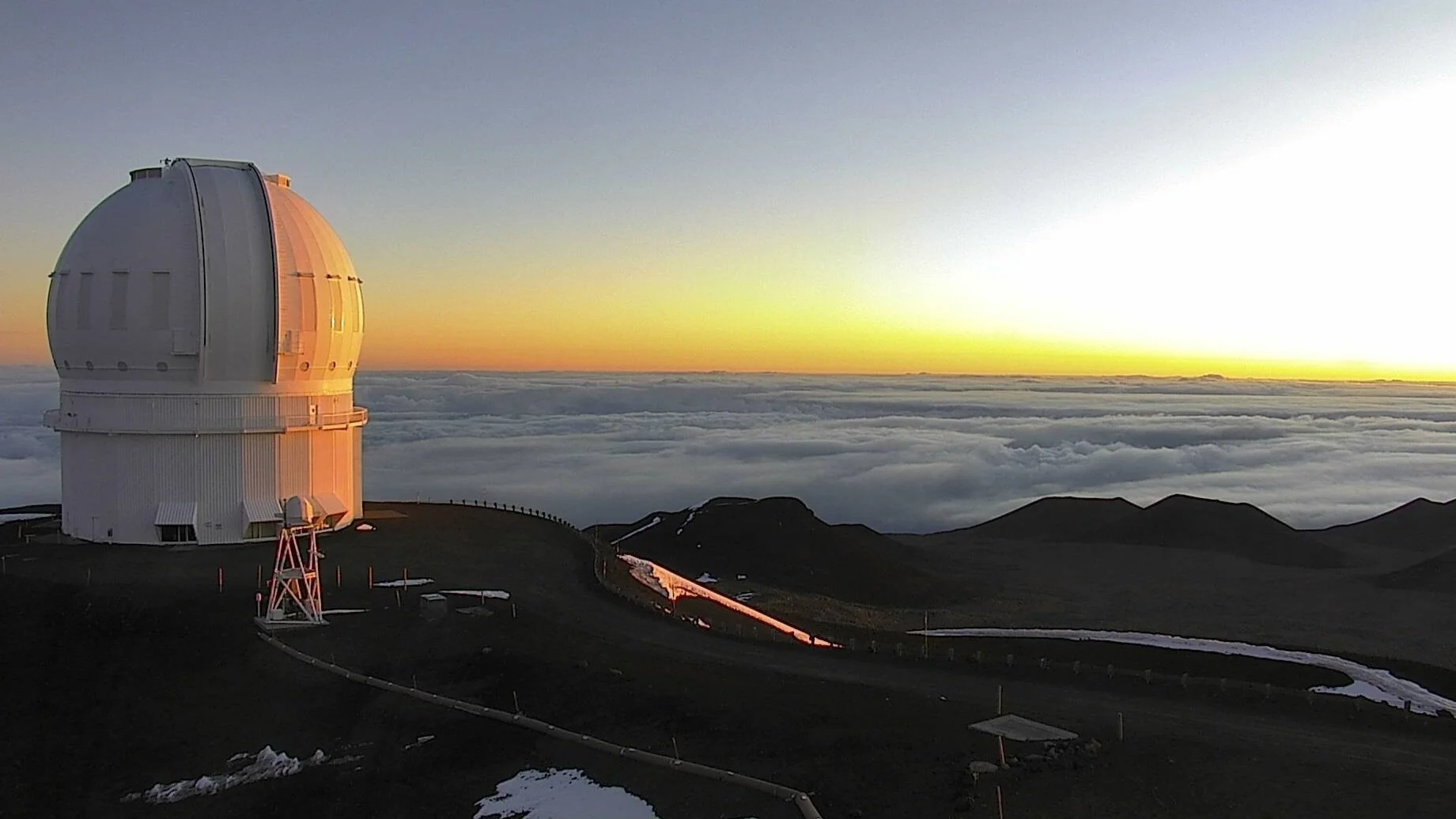
The Mauna Kea Observatory offers guided tours to help visitors understand more about the telescopes, the science behind astronomy, and the cultural significance of the area. If you are visiting as part of a tour, it’s important to follow the guidelines for acclimatization to the high altitude to avoid altitude sickness.
Mauna Kea Observatory: A Stargazer’s Paradise
What truly sets the Mauna Kea Observatory apart is its unrivaled stargazing opportunities. On a clear night, the sky is ablaze with stars, and the observatory’s telescopes allow visitors to see far-off galaxies, planets, and nebulae in stunning detail. The observatory’s elevation is key to its success as a stargazing destination, as it sits above most of the Earth’s atmosphere, allowing for minimal light distortion.
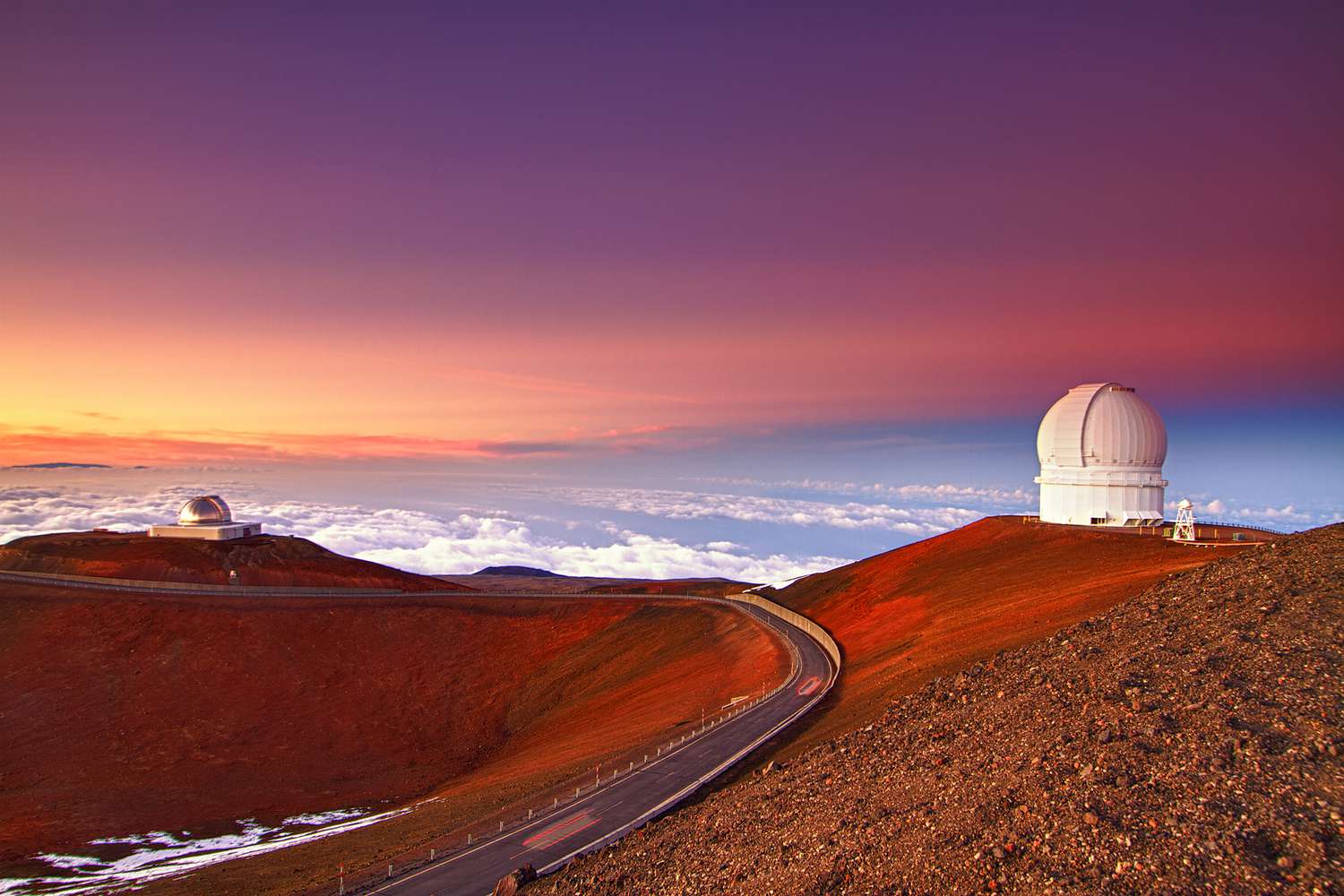
Some of the most popular celestial bodies to observe from Mauna Kea include Jupiter and Saturn, which are visible during certain times of the year. Visitors also have the chance to view distant galaxies, star clusters, and other wonders of the universe through some of the most advanced telescopes on the planet.
The Role of Mauna Kea Observatory in Scientific Discovery
Mauna Kea Observatory has played a key role in many major astronomical discoveries over the years. The observatory’s telescopes have been instrumental in studying distant stars and galaxies, as well as observing solar system bodies like asteroids and comets. It has also been an important site for studying the Earth’s atmosphere and the effects of space weather.
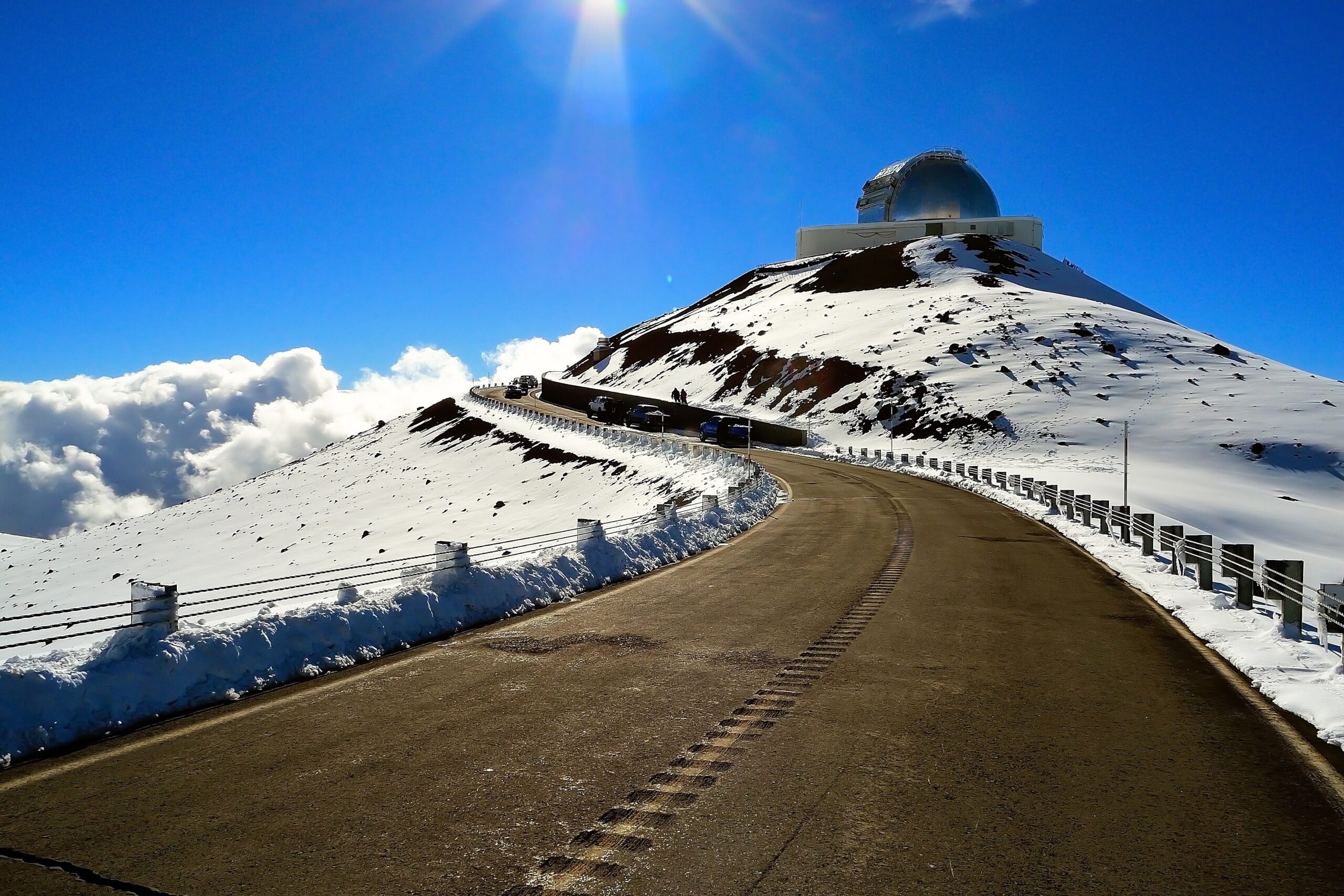
One of the major projects conducted at the observatory is the study of infrared radiation, which allows astronomers to peer through the dust clouds that often obscure distant objects. Thanks to this research, scientists have been able to learn more about the formation of stars, galaxies, and even the origins of the universe itself.
The Significance of Mauna Kea for Native Hawaiians
For Native Hawaiians, Mauna Kea is not just a mountain; it is a sacred place, known as the “Home of the Gods.” The mountain holds great spiritual importance in Hawaiian culture, and it is said that the gods live at its summit. As a result, the construction of the observatory on Mauna Kea has been a source of controversy and protest.
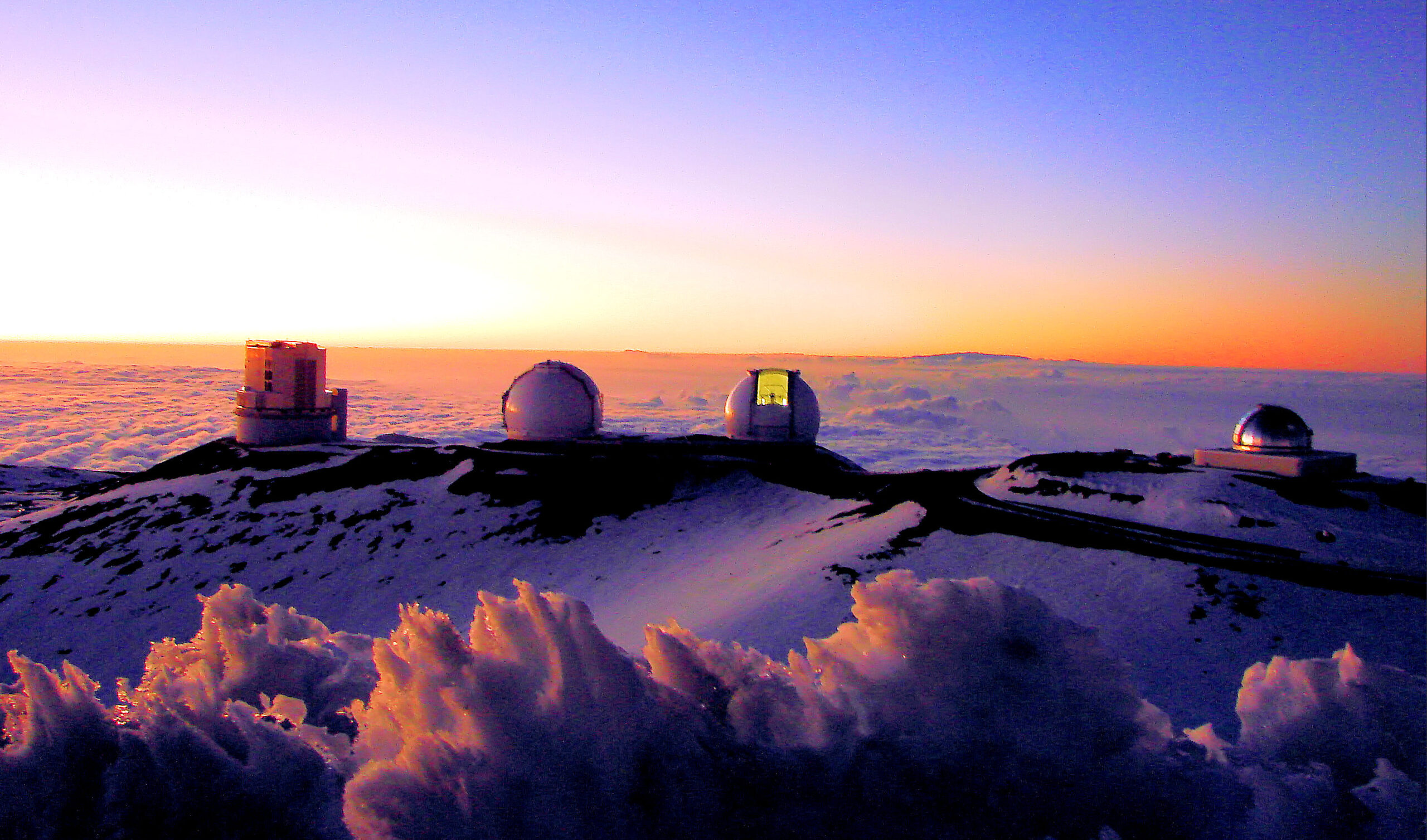
Despite these challenges, there is a growing recognition of the need to respect both the scientific value of the observatory and the cultural importance of Mauna Kea. The ongoing conversation about the observatory’s place on the mountain underscores the broader discussion of how science and culture can coexist and complement one another.
What to Expect During a Visit to Mauna Kea Observatory
Visiting Mauna Kea is an awe-inspiring experience, whether you are a seasoned astronomer or just someone who loves the stars. The journey to the summit is an adventure in itself, as you travel from the lush, tropical base of the mountain to the barren, almost otherworldly summit.
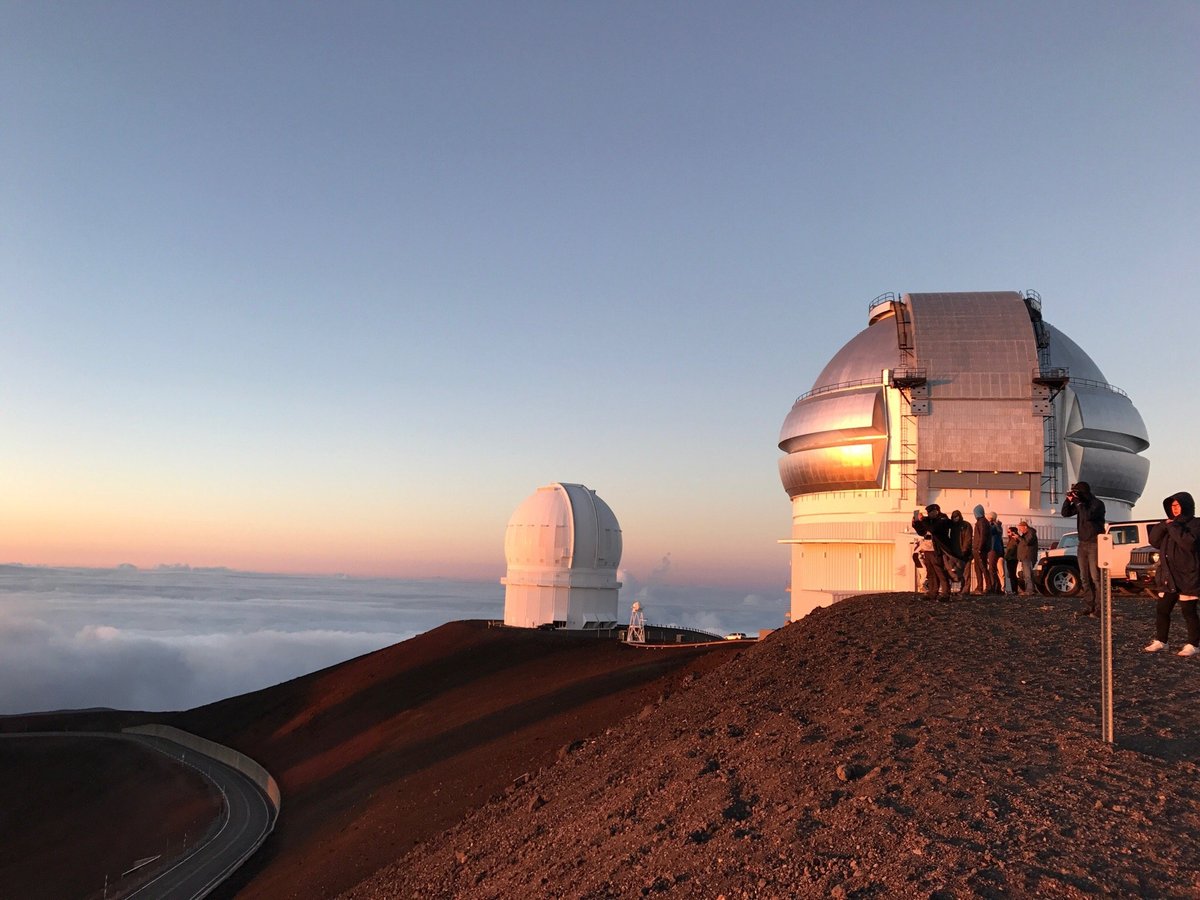
Before heading up to the observatory, visitors are encouraged to stop at the Mauna Kea Visitor Information Station, located at around 9,000 feet (2,750 meters). Here, you can acclimate to the altitude and enjoy exhibits about the mountain’s cultural and scientific significance. From the Visitor Information Station, you can continue up to the summit for a once-in-a-lifetime stargazing experience.
At the summit, you’ll be surrounded by a landscape that feels like something out of a science fiction movie. The clear skies offer an incredible view of the Milky Way, and the telescopes provide an intimate look at celestial bodies light years away.
What to Pack for a Visit to Mauna Kea Observatory
Since the Mauna Kea Observatory sits at such a high altitude, it’s important to be prepared for the harsh conditions at the summit. Temperatures can drop significantly, even during the summer months, so it’s advisable to bring warm clothing, including a jacket, gloves, and a hat. Additionally, the high altitude means the air is thin, and visitors should take it slow to avoid altitude sickness.
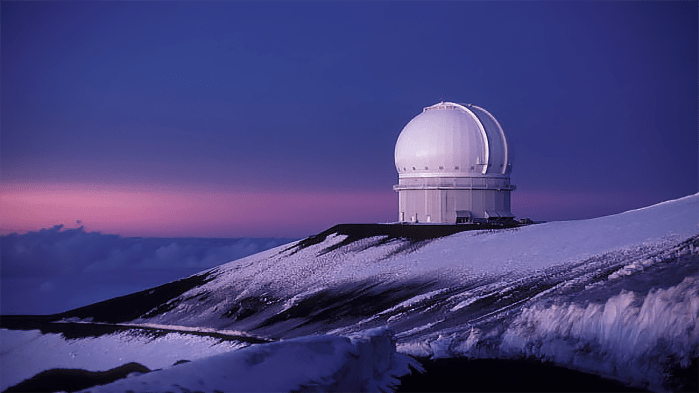
Other items you might want to bring include a camera to capture the stunning views, binoculars for a closer look at the stars, and snacks and water to keep energized during your visit.
Mauna Kea Observatory: A Must-Visit for All Astronomy Enthusiasts
Whether you’re an amateur astronomer or just someone who enjoys looking up at the stars, the Mauna Kea Observatory is a must-see destination. The observatory’s world-class facilities, along with its breathtaking views of the night sky, make it one of the most sought-after stargazing locations in the world. The combination of scientific exploration, cultural significance, and natural beauty makes it an unforgettable experience for all visitors.

If you’re planning a trip to Hawaii, make sure to add the Mauna Kea Observatory to your list of must-visit spots. The clear skies, stunning views, and fascinating history will leave you with memories that will last a lifetime.
Conclusion: Experience the Magic of Mauna Kea Observatory
In conclusion, the Mauna Kea Observatory offers a one-of-a-kind opportunity to explore the wonders of the universe from one of the best stargazing locations on Earth. Whether you’re visiting for the scientific significance, the cultural importance, or simply to enjoy the beauty of the night sky, Mauna Kea is sure to leave you in awe.
As you plan your trip, remember that this is a place where science, culture, and nature come together in perfect harmony. The Mauna Kea Observatory is truly a dream destination for anyone who has ever gazed up at the stars and wondered what lies beyond. So, next time you’re in Hawaii, be sure to visit Mauna Kea, and prepare to be amazed.
Details
Namistay chain hotel
- 61-63 Hoang Ke Viem, Bac My Phu, Ngu Hanh Son, Da Nang, Vietnam
- Hotline: 0905 432 992
- Lot 45 An Thuong 29, Bac My Phu, Ngu Hanh Son, Da Nang, Vietnam
- Hotline: 0977 455 546
- 42 An Thuong 26 Street, Bac My Phu, Ngu Hanh Son, Da Nang, Vietnam
- Hotline: 0965 442 842
